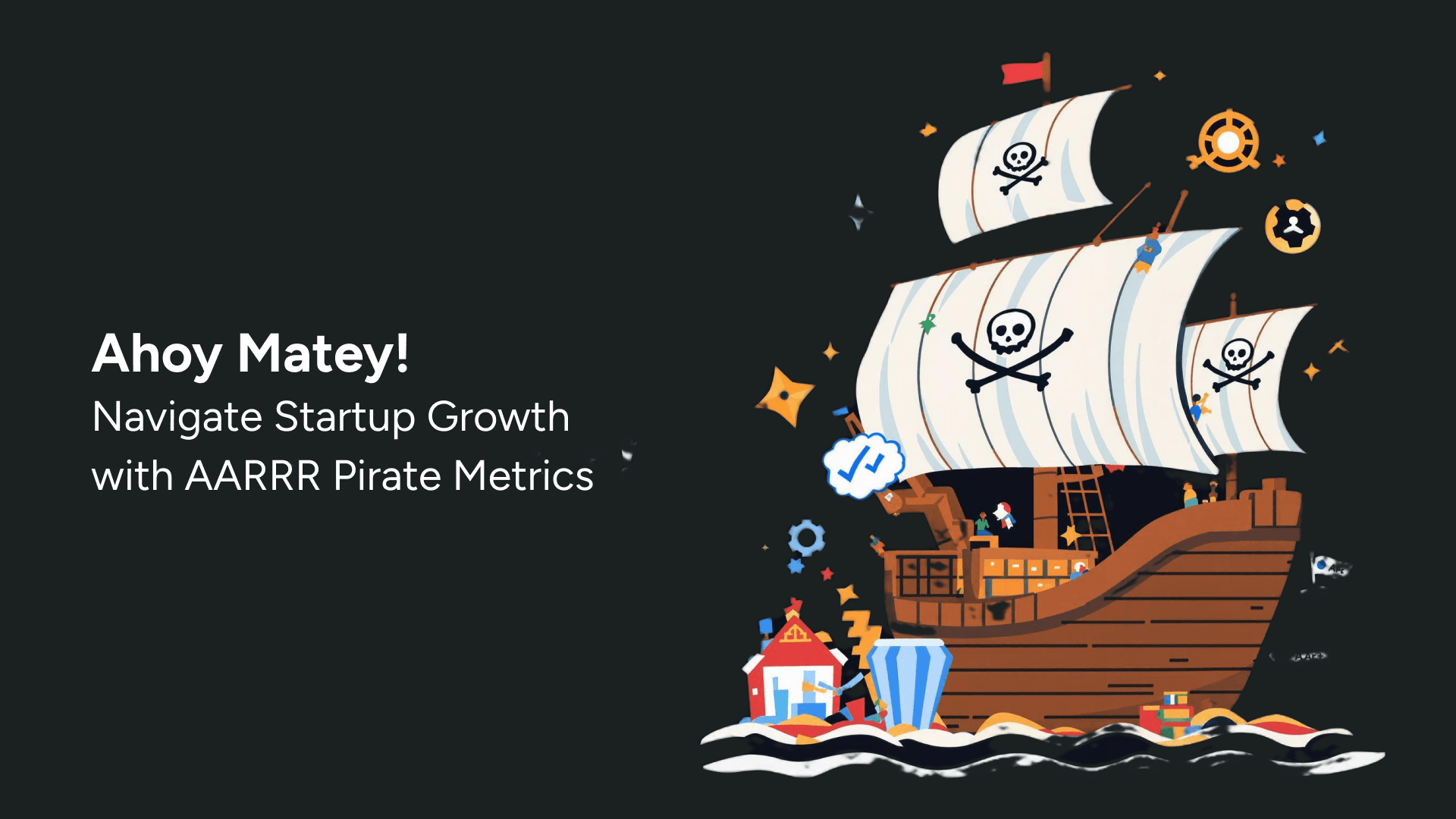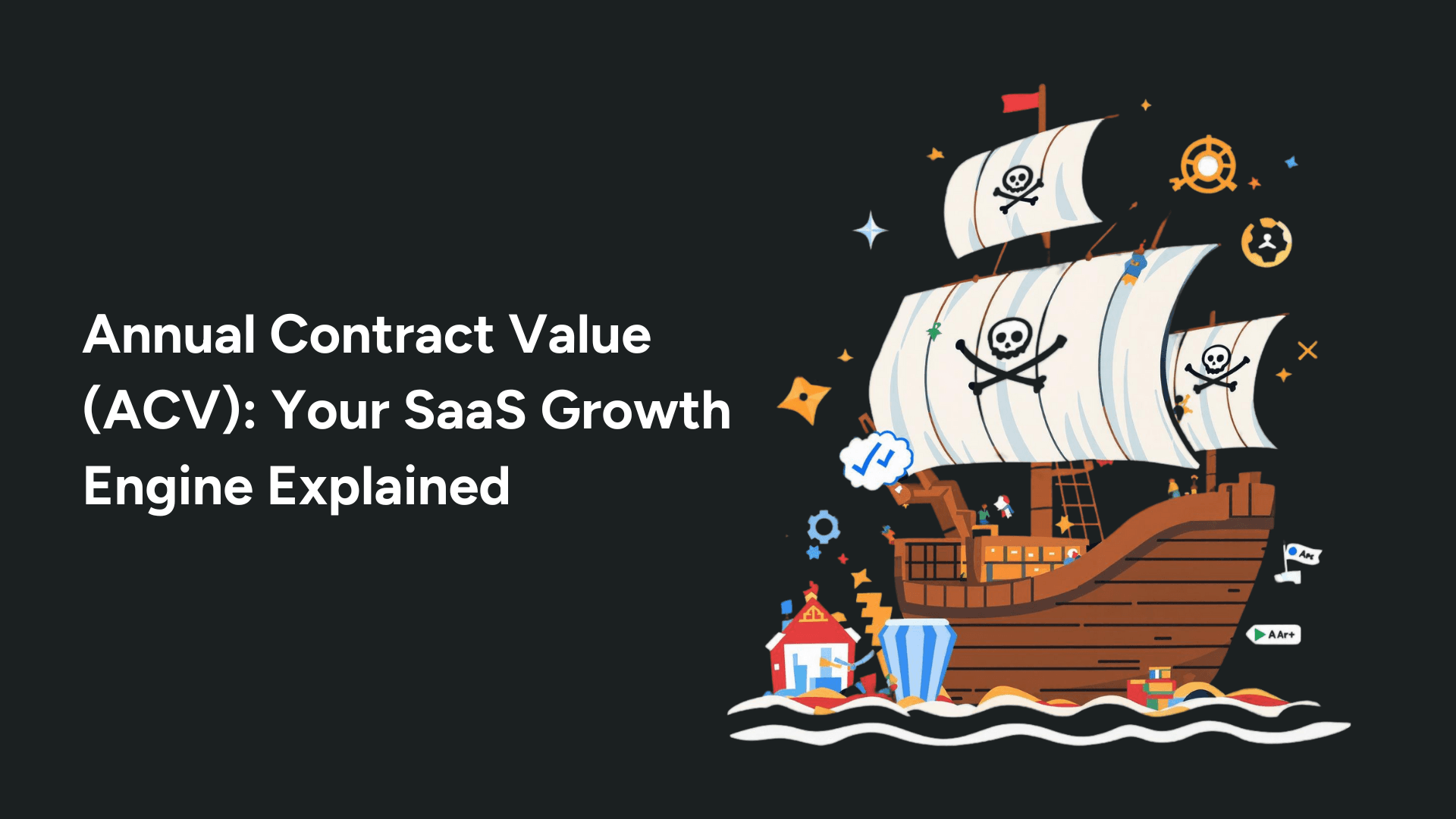Startup growth demands strategic navigation, and the AARRR Pirate Metrics framework provides a data-driven roadmap. By focusing on Acquisition, Activation, Retention, Referral, and Revenue, founders and product managers can learn proven strategies from successful tech companies like Netflix and Dropbox. This guide offers actionable insights to transform your startup's growth trajectory through systematic customer journey optimization.
Launching a startup is like setting sail on the high seas – exciting, unpredictable, and filled with opportunities. But without a reliable compass and a detailed map, it's easy to get lost in the vast ocean of possibilities. That's where AARRR Pirate Metrics come in. This powerful framework acts as your treasure map, guiding you towards sustainable growth by focusing on the key stages of the customer lifecycle.
In this guide, we'll navigate through the five essential stages of the AARRR framework – Acquisition, Activation, Retention, Referral, and Revenue – providing you with actionable insights and tools to measure success at each stage. Get ready to chart your course towards startup success!
1. Land Ahoy! Mastering the Art of Customer Acquisition
The first step in your journey is attracting potential customers to your product or service. Success in this stage requires a deep understanding of your target audience and the right mix of marketing channels.
Define Your Target Audience
Before casting your net, you need to know exactly who you're fishing for. Consider:
Who are your ideal customers?
What pain points are they trying to solve?
Where do they spend their time online?
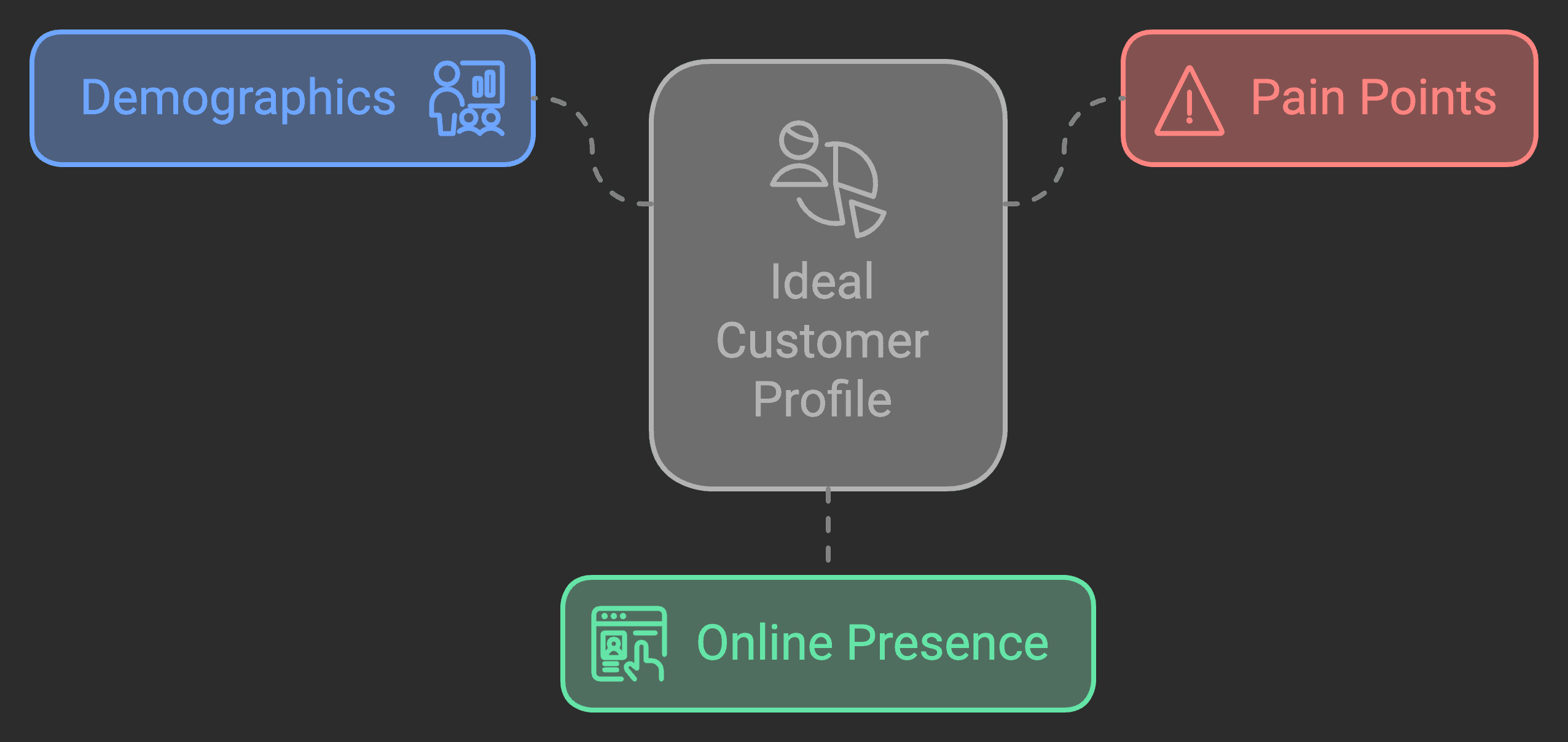
Choose the Right Acquisition Channels
Different ships sail different routes, and different businesses need different acquisition strategies. Consider these proven channels:
SEO: Take inspiration from Ahrefs, which drives organic traffic through comprehensive blog posts and SEO tools
Content Marketing: Follow HubSpot's lead by offering valuable content like ebooks, webinars, and templates
Paid Advertising: Learn from Dollar Shave Club's targeted social media campaigns
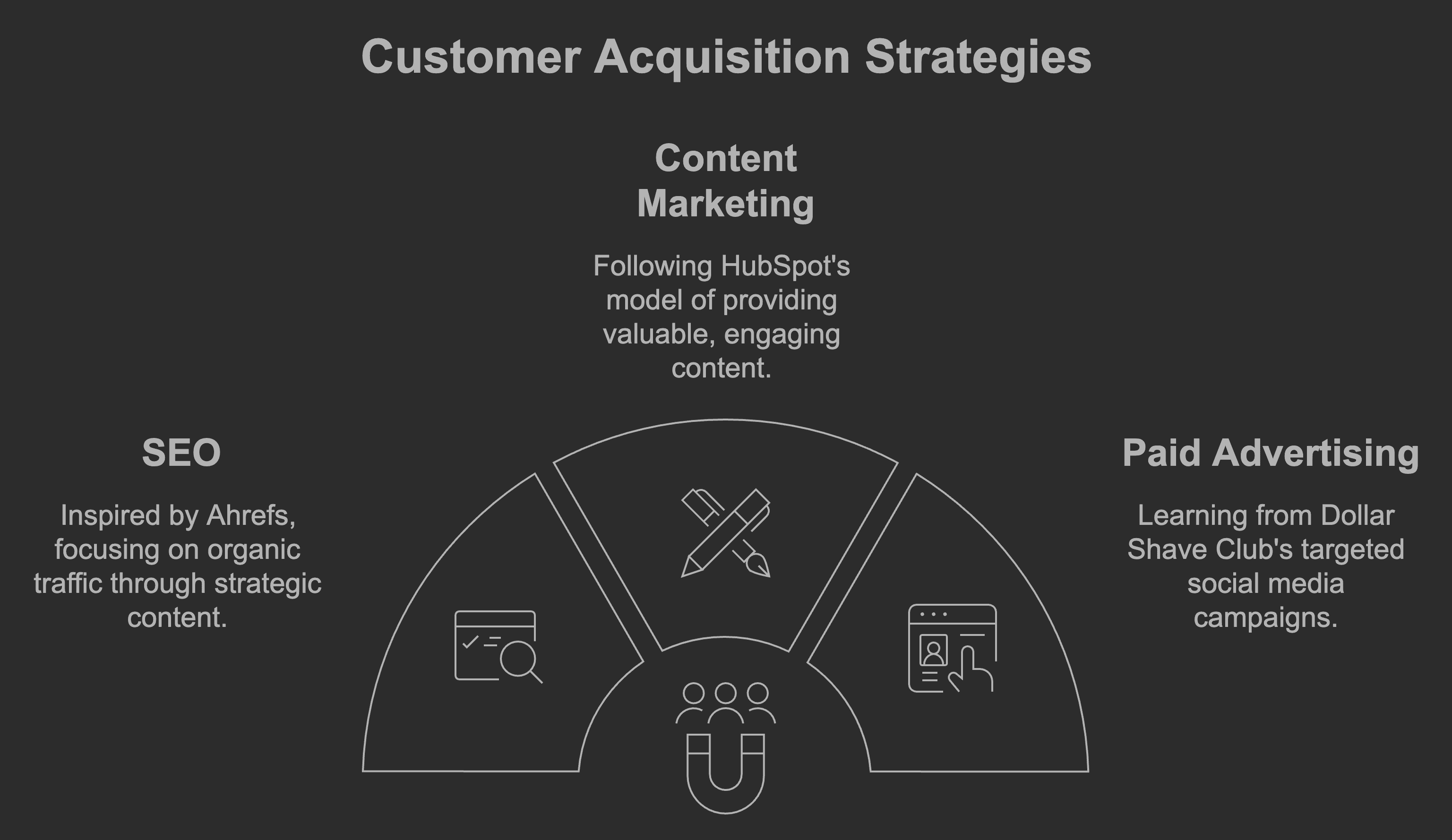
Pro Tips for Acquisition:
Use Google Analytics to track traffic sources and conversion rates
Experiment with various ad platforms to find your sweet spot
Continuously A/B test your landing pages
2. X Marks the Spot! Activating Users and Unlocking Value
Getting visitors is just the beginning – now you need to help them discover the treasure (value) in your product.
Create a Seamless Onboarding Experience
The faster users experience your product's value, the more likely they are to stick around. Consider these strategies:
Interactive Product Tours: Follow Slack's example with guided feature demonstrations
Personalized Welcome Emails: Create targeted onboarding sequences for different user segments
In-app Support: Use tools like Intercom to provide real-time assistance
Activation Best Practices:
Monitor key engagement metrics like feature adoption rates
Use heatmaps to identify and eliminate friction points
Regularly collect and act on new user feedback
3. Holding On to Your Booty: Retention – The Key to Long-Term Success
A ship's not much use if it's full of holes, and a business can't grow if it's constantly losing customers.
Building Long-Term Engagement
Look at how industry leaders maintain user interest:
Netflix: Leverages personalized recommendations to keep users engaged
Spotify: Creates custom playlists and discovery features
Amazon Prime: Combines multiple services to increase switching costs
Retention Strategies That Work:
Monitor your churn rate and identify early warning signs
Segment users based on engagement levels
Create personalized re-engagement campaigns
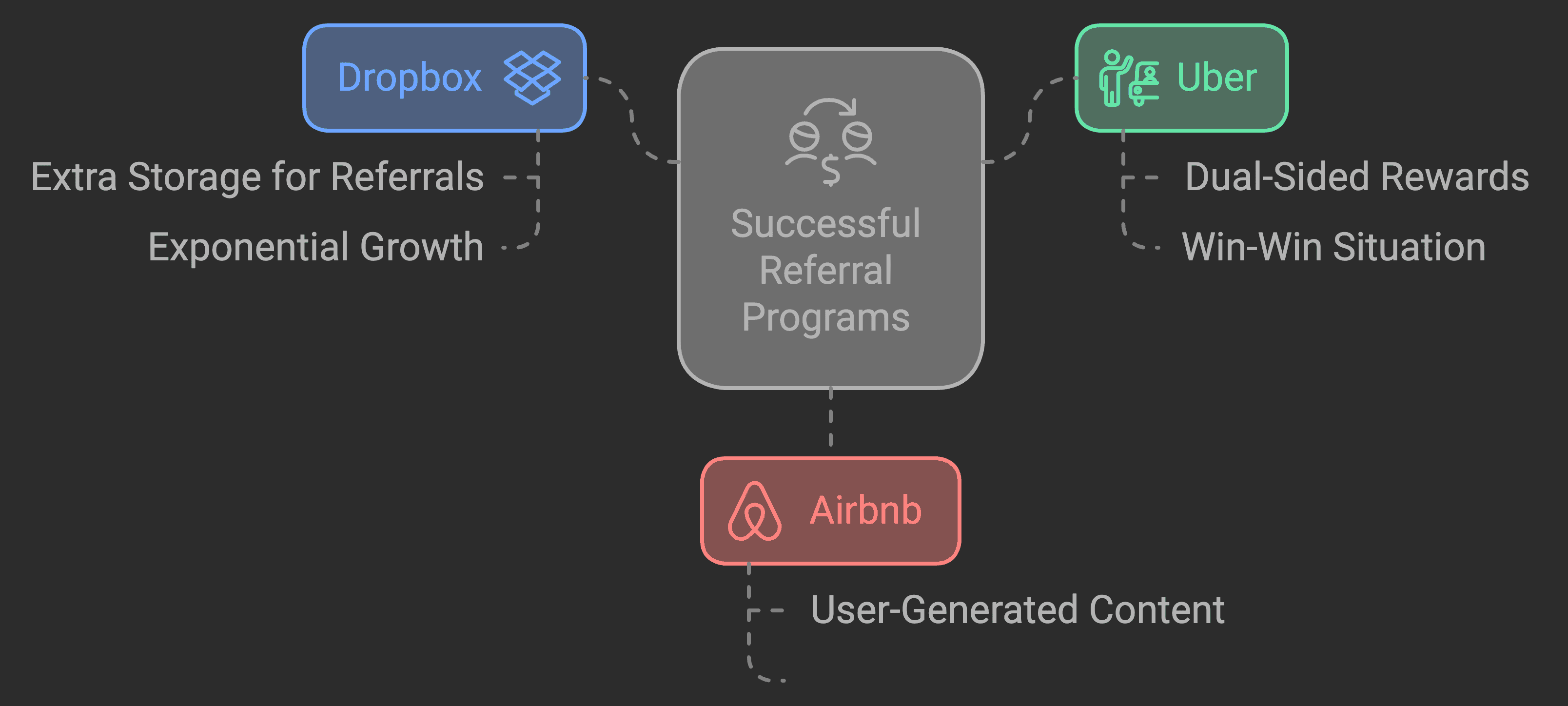
4. Spreading the Word: Turning Satisfied Customers into Brand Advocates
Your happy customers can become your most powerful marketing force – if you give them the right tools and incentives.
Referral Program Success Stories:
Dropbox: Grew exponentially by offering extra storage for referrals
Uber: Created a win-win with dual-sided referral rewards
Airbnb: Leveraged user-generated content to fuel organic growth
Making Referrals Work:
Make sharing intuitive and rewarding
Track referral sources and conversion rates
Use NPS surveys to identify potential advocates
5. Claiming Your Bounty: Turning Engagement into Revenue
All paths should ultimately lead to sustainable revenue growth.
Revenue Optimization Strategies:
Flexible Pricing Models: Consider tiered pricing like Asana and Zoom
Strategic Upselling: Learn from Amazon's related product suggestions
Freemium Conversion: Study Spotify's balance of free and premium features
Revenue Metrics to Track:
Customer Lifetime Value (CLV)
Customer Acquisition Cost (CAC)
Average Revenue Per User (ARPU)
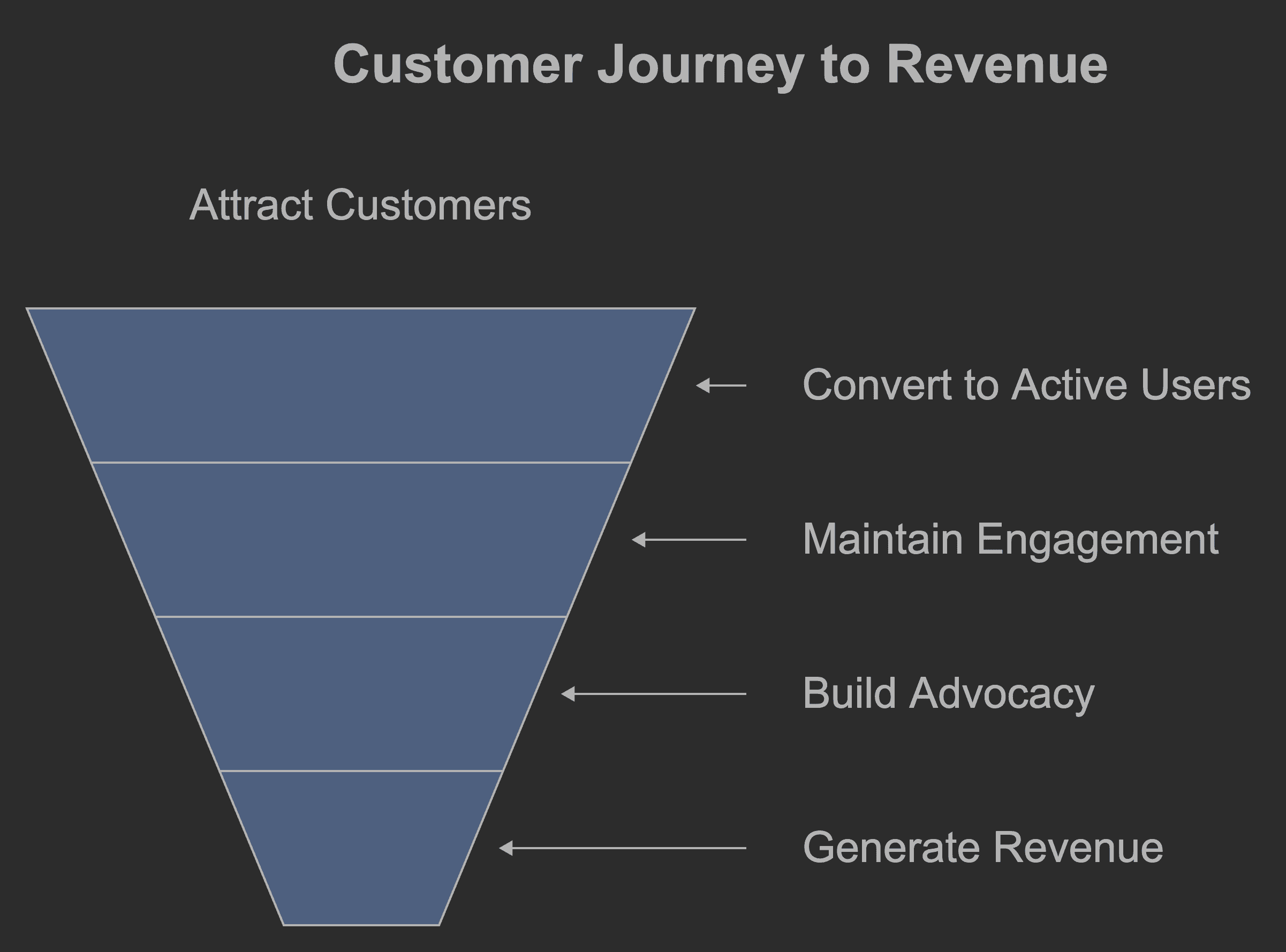
Setting Sail Towards Success
The AARRR Pirate Metrics framework isn't just another business acronym – it's a comprehensive approach to understanding and optimizing your entire customer journey. By focusing on each stage and measuring the right metrics, you'll be better equipped to:
Attract the right customers
Convert them into active users
Keep them engaged long-term
Transform them into advocates
Generate sustainable revenue
Remember, building a successful startup is a journey, not a destination. Use this framework as your compass, but don't be afraid to adjust your course based on what the data tells you.
Ready to Set Sail?
Start by implementing these next steps:
Set up analytics tools to track your AARRR metrics
Conduct user research to understand your target audience
Experiment with different acquisition channels
Monitor and optimize each stage of the customer journey
Your treasure map is ready – now it's time to start your adventure towards startup success!

